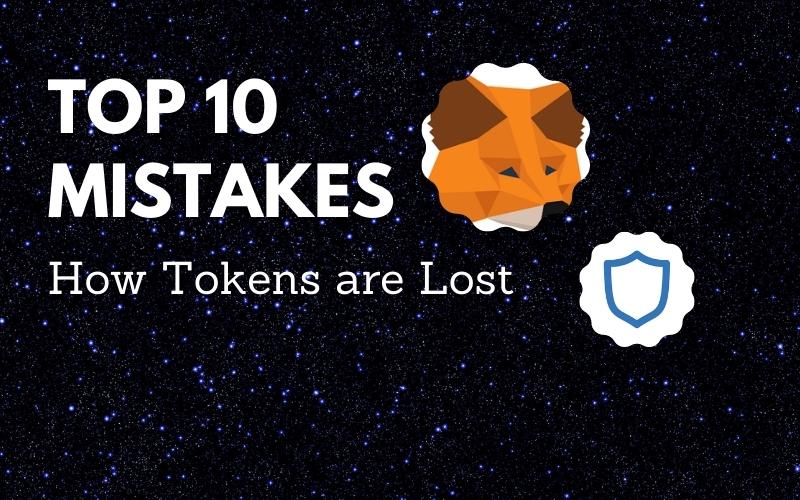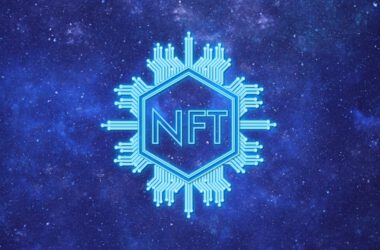Play to earn requires several steps, with potential pitfalls for each one. This blockchain use case is relatively new, with startups showing up and promising amazing games almost daily. Just like in previous periods of crypto startup growth, not all projects are of the same quality.
With more networks available and more complex connectivity between them, there is a longer list of potential pitfalls, some general to the use of cryptocurrency and some specifically affecting play to earn projects.
Rug Pull Projects
Doing due diligence on a project is a must before sending funds. Knowing the team and their track record, their GitHub commits or other signs of a viable project can sift out some dubious startups.
It is not always possible to vet every team, and even some shady projects have been listed as reliable coins and tokens. Yet very small operations, with little digital tracks before the launch, are a red flag.
Risky Wallet Linking
A decentralized app or a project will usually ask for linking a wallet. The immediate risk is to visit the wrong address, usually supplied by malicious actors in chat groups or in private messages. Linking a wallet to the wrong dApp and signing without noticing may mean your funds can be taken as part of the transaction.
Wallet linking mistakes are especially risky when buying NFTs for collections or play to earn.
Faked NFTs
Not all image collections are created equal. The best approach is to buy from curated projects, verified OpenSea collections or a known, original page for a play to earn game.
Other links or offers may be spoofed collections which cannot be used as tokens within a game or fetch resale value.
Faked Wrapped Assets
More networks offer their own versions of ETH, BTC and other tokens and stablecoins. Be aware that some assets may resemble the original, but to be actually a fake.
It is possible to search the asset via Etherscan, to look for copycats and compare the token address. Multiple high-profile assets will have attempts at copying. Be aware that not all wrapped assets are compatible with direct swaps and trading. For instance, USDC on the Ronin network is not immediately available for Binance swapping, the way that Ethereum-based USDC works. This does not mean the asset is fake, but it may require bridging to another network to be usable.
Buying stolen NFTs
An NFT may be perfectly real and yet carry another type of risk – being blacklisted. NFT owners may publicize the theft, making the items lose their value with no possible resale or usage. Always use official auction links and don’t buy assets from messaging proposals.
Entering Private Keys
A project team should never ask for your wallet’s private keys. Being asked to verify a wallet will never require a seed phrase.
Project Delay
Even the best play to earn projects may delay their launch, or go through a partial Alpha phase. However, too much delay means you may be stuck with unplayable NFTs or a mostly useless, illiquid reward token.
Some projects take years before launching a product and entering price discovery. A slow development is not inherently a risk, but may mean an adjustment of your time horizon. It is usually a good sign if the team also has a locking mechanism on the funds raised, releasing them over time.
High-Risk Games
Not all play to earn games are equal. Blockchain games include high-risk high-yield gaming, which comes with a warning. Play to earn will usually rely on skill and storylines, instead of gambling or last bet wins games.
Checking DappRadar for high risk status and following social media can give some hints of the game’s nature and risk level.
Sending Funds to a Smart Contract
When using a smart contract, the biggest mistake is to send funds to the contract’s address itself. This will lock the funds forever, with no chance of return.
The best approach is to use Trust Wallet or another official link to dapps or bridges.
Losing Tokens with Bridges
Bridges are smart contracts that switch between several networks. The technology is still relatively new, and some bridges may pose liquidity problems.
Make sure you understand the need to bridge assets and the risk of having the assets locked on another network.
Play to earn games may be a straightforward experience. But having advance knowledge of pitfalls can prevent simple technical mistakes or fall for old cryptocurrency scams dressed up as play to earn projects.










